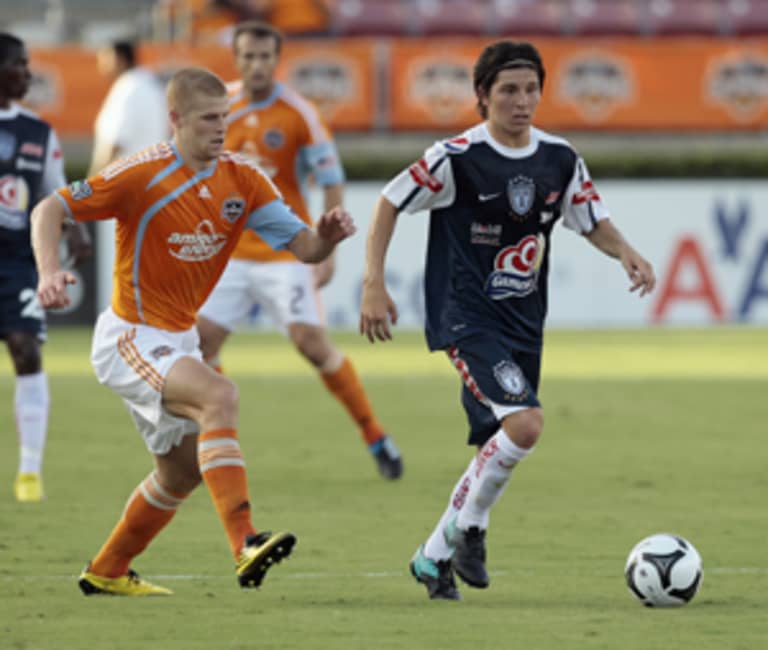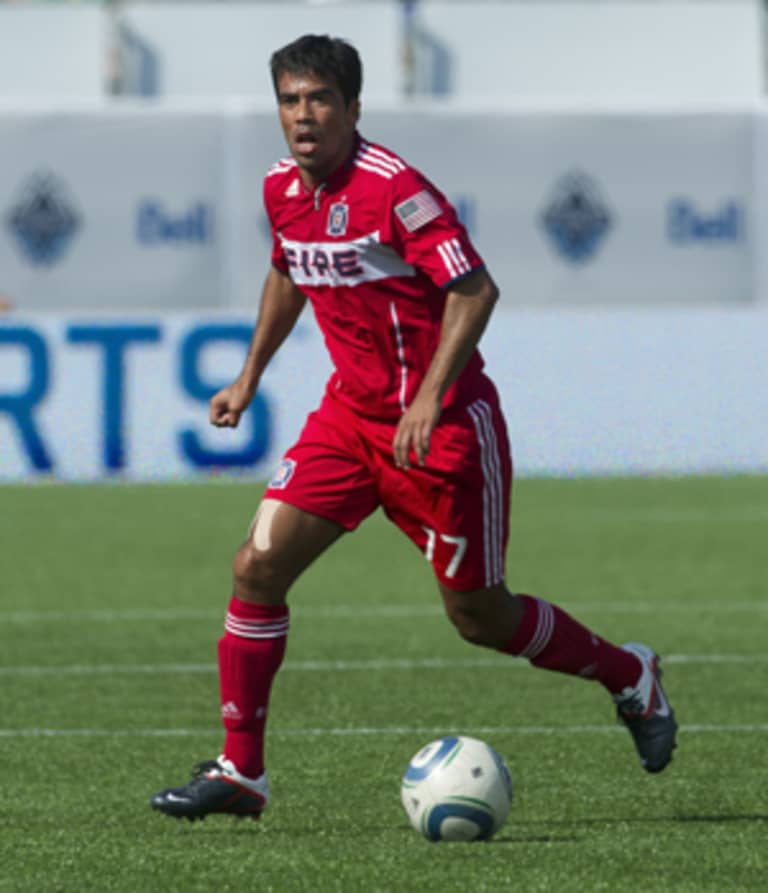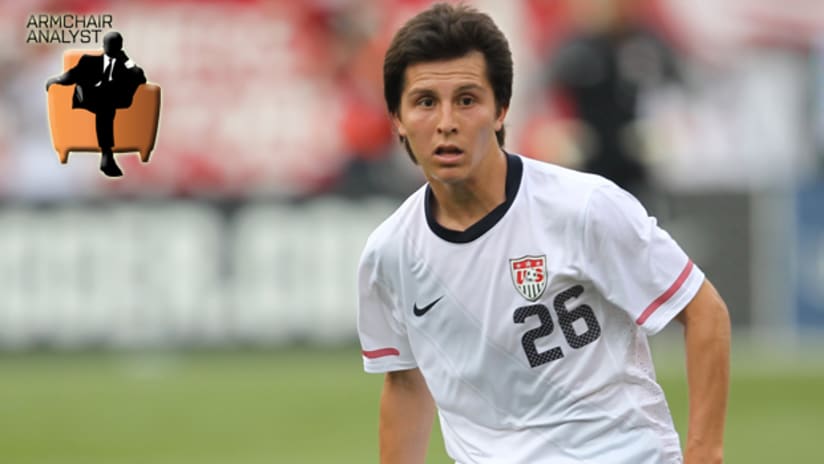One of the axioms of soccer fandom is that you always admire what you ain’t got.
Brazil won three World Cups with flair and style and technical superiority from 1958 through 1970, then got kicked all over the pitch in 1974 and decided they needed to be more European – larger, stronger, more physical. The past three generations of Brazilian footballers have taken that lesson to heart, getting bigger and stronger to the point that at the last World Cup they looked more like a basketball team than a soccer team, and played more like Norway than Brazil.
An ocean away, Germany’s always admired the Netherlands’ technique, individuality and ability to string passes together. The result has been a (wildly successful) nationwide youth program that ended up producing the most attractive German team ever in 2010, one that actually captured the collective imagination of neutrals and aesthetes.
The Dutch, for their part, always admired Germany’s ability to make the crucial physical “play,” or “felonious assault” – whatever served the desired ends. Whether it was Harald Schumacher punching poor Patrick Battiston into a coma in 1982, or Oliver Bierhoff elbowing his way through Miroslav Kadlec in 1996, Die Mannschaft were never pushed off any pitch.
The end product there, of course, was Nigel de Jong putting a Mortal Kombat-style finishing move on Xabi Alonso two summers ago. While it could be argued that the Dutch conversion to Deutsch was more successful – they did go a round further than Germany, after all – it certainly hasn’t engendered positive vibes the way the German youth movement has.
In the US, the greatest influence has been Mexico. And what they’ve got that we ain’t is most likely the ball.
Over the past 25 years there’s never been a time when the US have out-possessed Mexico, and for many fans (especially aesthetes), that’s galling. It’s also worrisome in an era where possession is, more and more, linked closely to victory.

The reasons Mexico have consistently produced better technical footballers than the US are myriad and sundry. What matters now, though, is that the US is undergoing a cultural shift – or perhaps being forced into one – and players like José Francisco Torres are key in that movement.
Torres, Pachuca’s central midfield hub (not a playmaker, not a defensive midfielder), is one of the finest at his position in the Mexican Primera División. He’s been so for years, has gotten to show his wares in both the CONCACAF Champions League and the Club World Cup, and, for now at least, is Jurgen Klinsmann’s answer to “How are we going to possess? How are we going to play more like Mexico?”
It’s a question worth asking, and hopefully one that has an answer in some near and happy future.
The problem, though, is that Torres has never played as well in international competition – for club or country – as he has in the league. And the reason is the pressing game.
When Brazil were routed in 1974 it was by Rinus Michels’ Clockwork Oranje, the great Dutch national team of Johan Cruyff and Johan Neeskens. And added to the list of “bigger, stronger, more physical and simply better” was – crucially – “fitter.” The Dutch were the first national team to be exceptionally fit, enough to really play high pressure. In the 20 years following that World Cup, the pressing style spread throughout the world.
But not to Mexico. Because pressing at 5,000 feet for 90 minutes 30 times a year is simply beyond the capacity of any human being. Mexico are outliers in world football because they are one of the few sides that don’t press.
Currently only two of the teams in the Mexican Primera – Club Tijuana and Atlante – play at sea level. The Monterrey clubs are at about 2,000 feet, the Guadalajara clubs about 3,500. Most of the rest play at 5,000 feet or higher, meaning that the bulk of games played in Mexico in any given season are at an altitude so great that pressing simply isn’t possible.
So in the Mexican league, you get more time on the ball. Defenses spread out, eventually putting up a wall about 40 yards or so from goal. Long-balls aren’t a winning tactic since you’d almost always be punting into numbers.
The key, then, is to play clean, to develop a reliable first touch and to learn how to turn away from one man, since that’s the most pressure you’re likely to face with any regularity. Torres is expert at that, while the rest of the US central midfield corps – Sacha Kljestan and Benny Feilhaber being notable exceptions – are middling at best.
The problem, though, is that pressure in the modern game usually comes from more than one player. And this is where Torres struggles. He's used to a league where the defense doesn't come in waves.

The Texan knows how to turn away from one man with ease, but struggles when turning away from two or three. Two weeks ago, he tore Toluca to shreds, completing pass after pass after pass in the midfield, but the question afterward was, “Can he do that consistently against pressure?”
It’s not a fait accompli that he can’t. The Chicago Fire’s Pável Pardo went from the midfield hub of Club América to the midfield hub of VfB Stuttgart six years ago, being selected to the Bundesliga Best XI and leading his side to a title in the process. He dealt with the differences in style and pressure just fine.
But it’s not a given that he can – at least not yet. Pardo was already 30 when he moved to Germany and had more than 100 international caps under his belt. He knew what he was getting into. Torres is 24 and has 13.
Regardless, it’s getting down to “now or never” time. Qualifying begins this summer, and the US have yet to make concrete steps toward the possession game that so many have longed for over the past two decades.
Whether or not Torres can be the catalyst that gets the Yanks there, only time will tell. But at the very least, Klinsmann should be able to collect a valuable data point as to whether or not a cultural shift is possible with the man from Longview at the helm.














